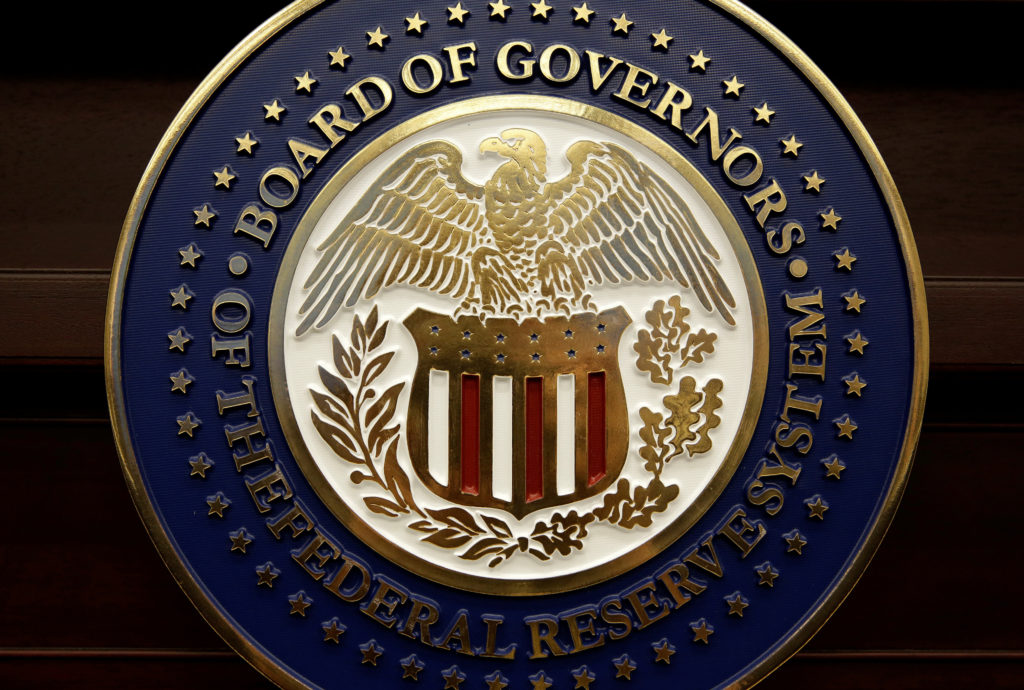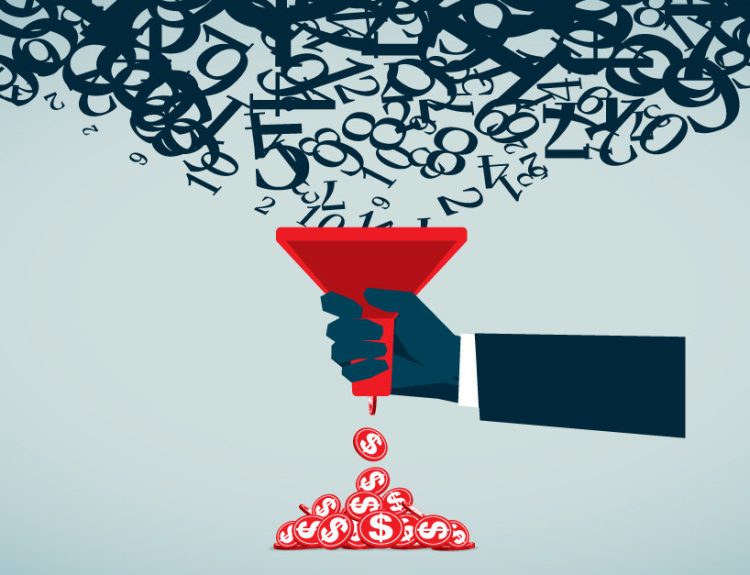The stability of modern markets rests not only on capital flows and corporate earnings but also on the invisible architecture of trust. At the heart of this trust lies the U.S. Federal Reserve—an institution historically insulated from political interference to safeguard economic credibility. Today, that independence is being tested as President Donald Trump moves to fire Federal Reserve Governor Lisa Cook over allegations of mortgage fraud.
An Unprecedented Clash
Trump’s announcement shocked financial and legal circles alike. Never before has a sitting president sought to remove a Fed governor on contested grounds of misconduct. Legal scholars argue that the president lacks unilateral authority to dismiss governors, who are meant to serve staggered terms precisely to buffer the Fed from political winds.
If Trump succeeds, the precedent would be seismic: it would open the door for future administrations to reshape the Fed’s composition in real time, tethering monetary policy to political agendas rather than long-term economic stewardship.
Markets on Edge
Investors are watching closely. The perception of a politically vulnerable Fed could destabilize markets by undermining confidence in monetary policy decisions—interest rates, inflation control, and currency stability. For Wall Street, central bank credibility is as critical as quarterly earnings; erosion of that credibility risks increased volatility, capital flight, and weakened investor sentiment.
Already, analysts warn that Trump’s move could trigger a new wave of market turbulence. Bond yields and currency valuations often respond sharply to even hints of Fed uncertainty—let alone an open legal battle over its independence.
Legal and Institutional Stakes
Lisa Cook has denied the allegations, and the case is heading toward what may become a historic legal showdown. Courts will be tasked with deciding whether the president possesses authority to dismiss a governor absent proven cause. If escalated to the Supreme Court, the ruling will shape not just this administration but the institutional future of the Fed itself.
The Power Equation
At its core, this is a power struggle between executive ambition and institutional guardrails. For Trump, it represents an extension of his “America First” economic posture—asserting control over an institution that has long resisted the political arena. For the Fed, it is a test of its resilience, its neutrality, and its very design as a stabilizer of confidence in uncertain times.
The Legacy Question
What emerges from this clash will extend far beyond Lisa Cook’s fate. It will determine whether the Federal Reserve remains a fortress of independence or becomes another instrument of executive will. For global markets, allies, and rivals, the outcome will signal either America’s continued commitment to institutional balance—or a recalibration of its economic governance.
In either case, the decision will be remembered as a defining moment of Trump’s second term, where the boundaries between politics and monetary power are redrawn in full view of the world.



